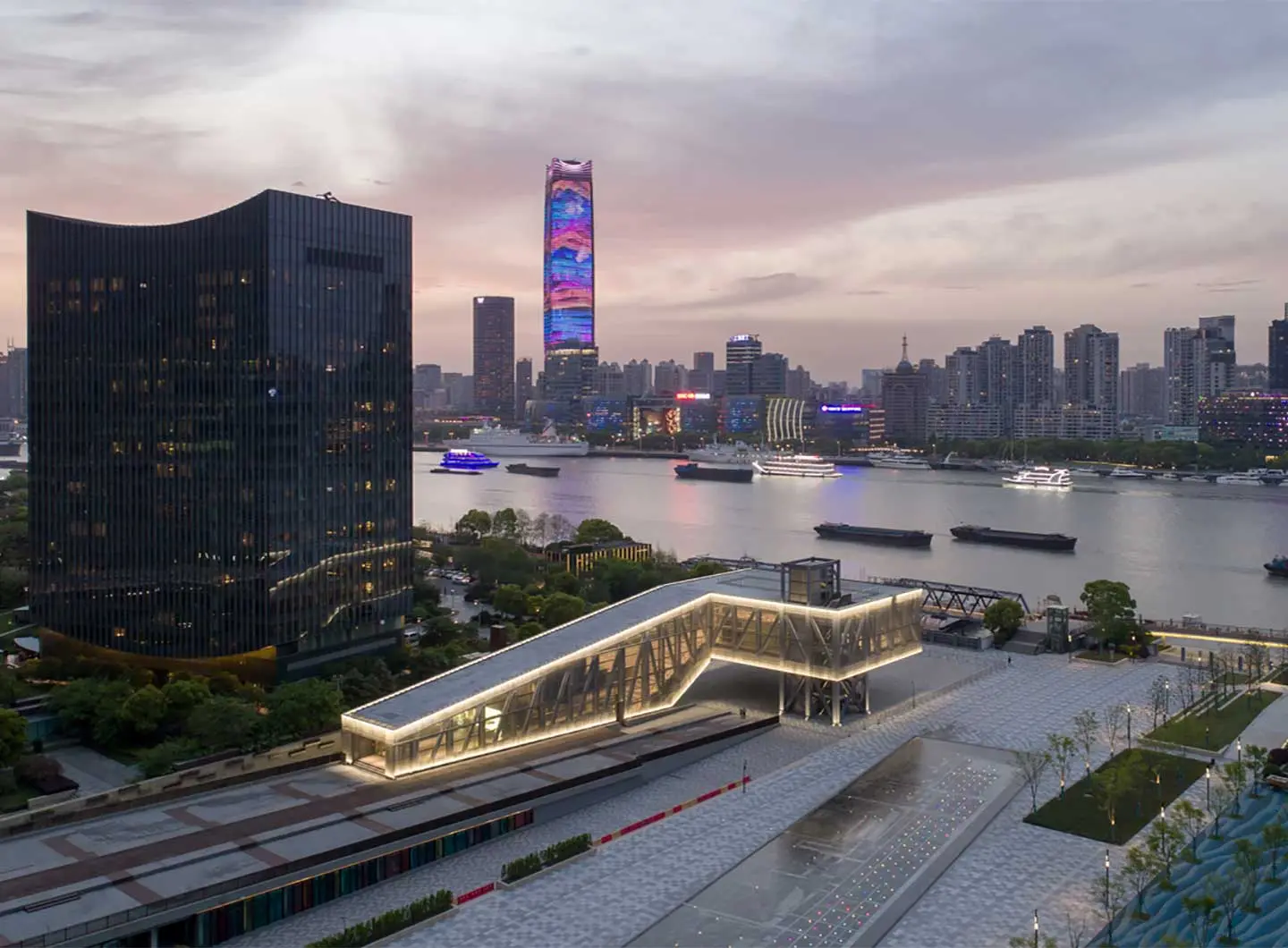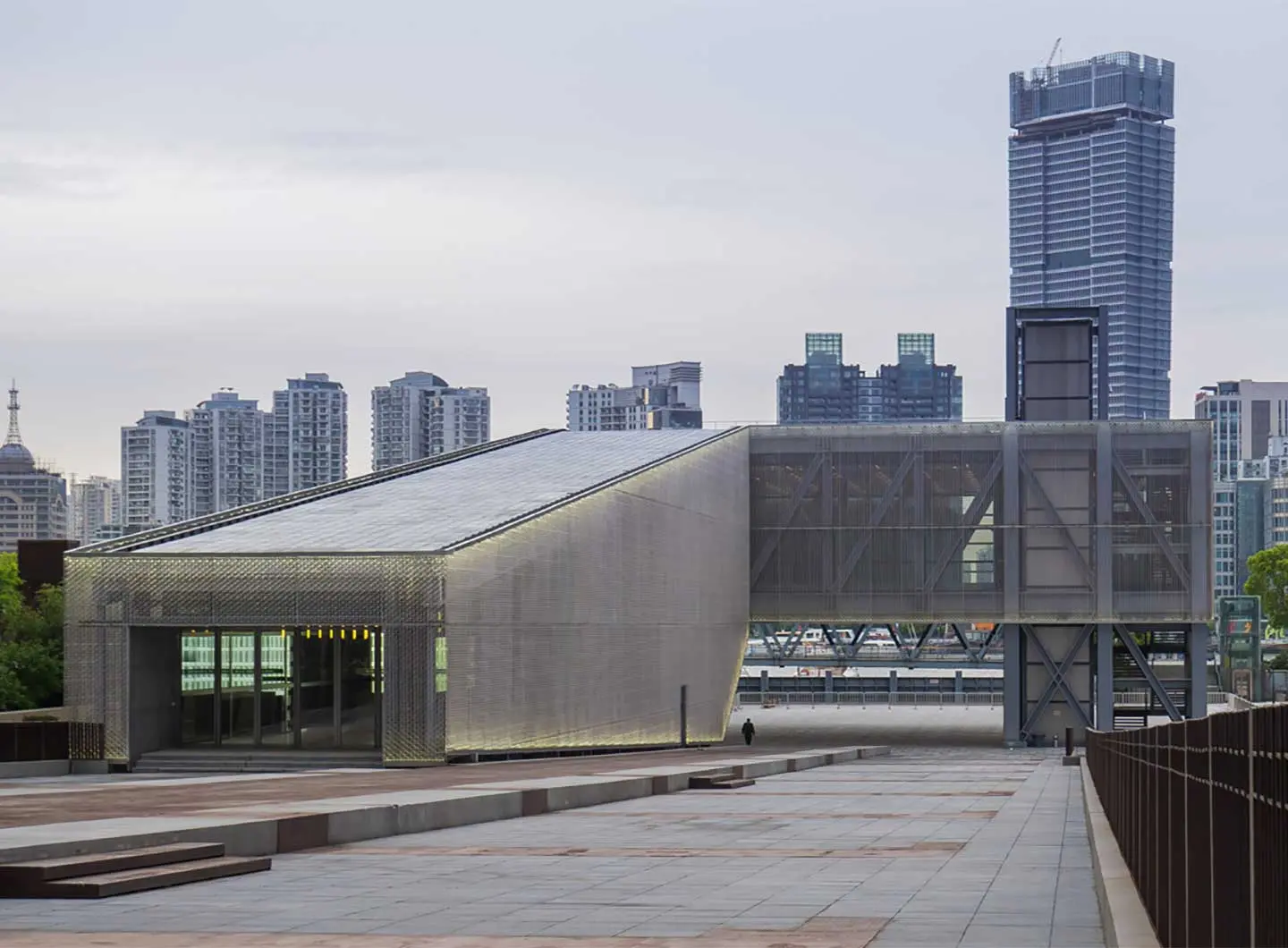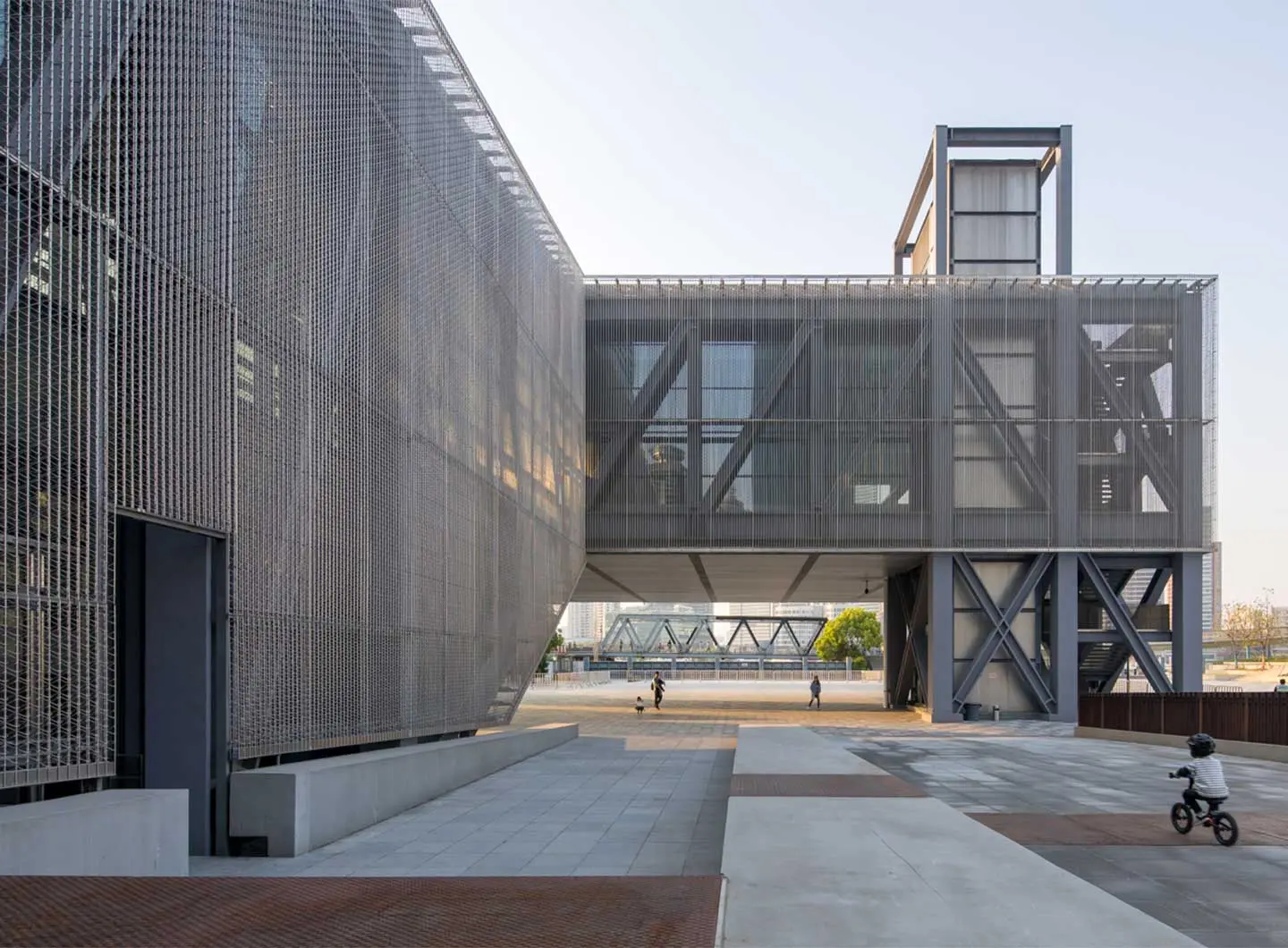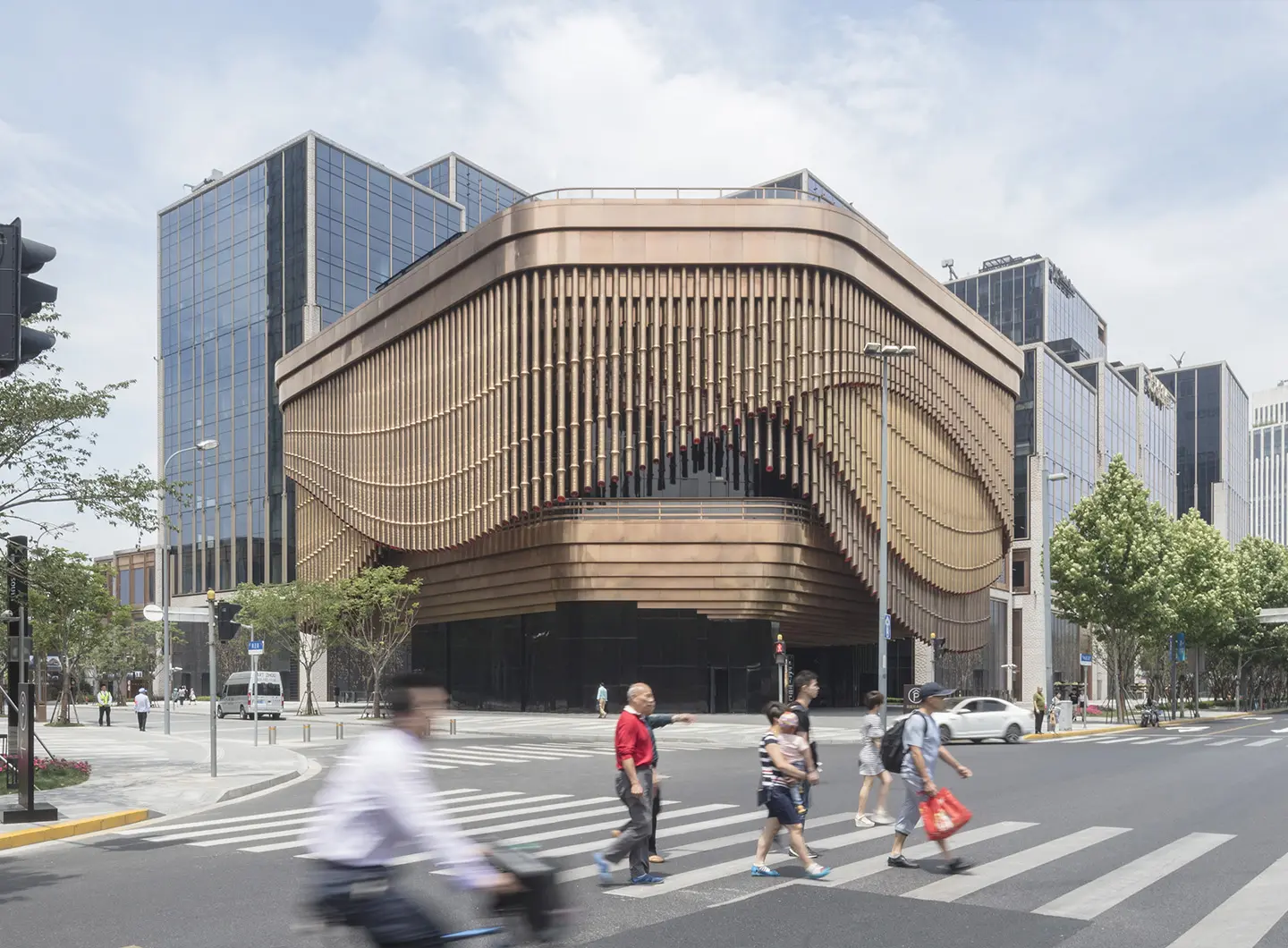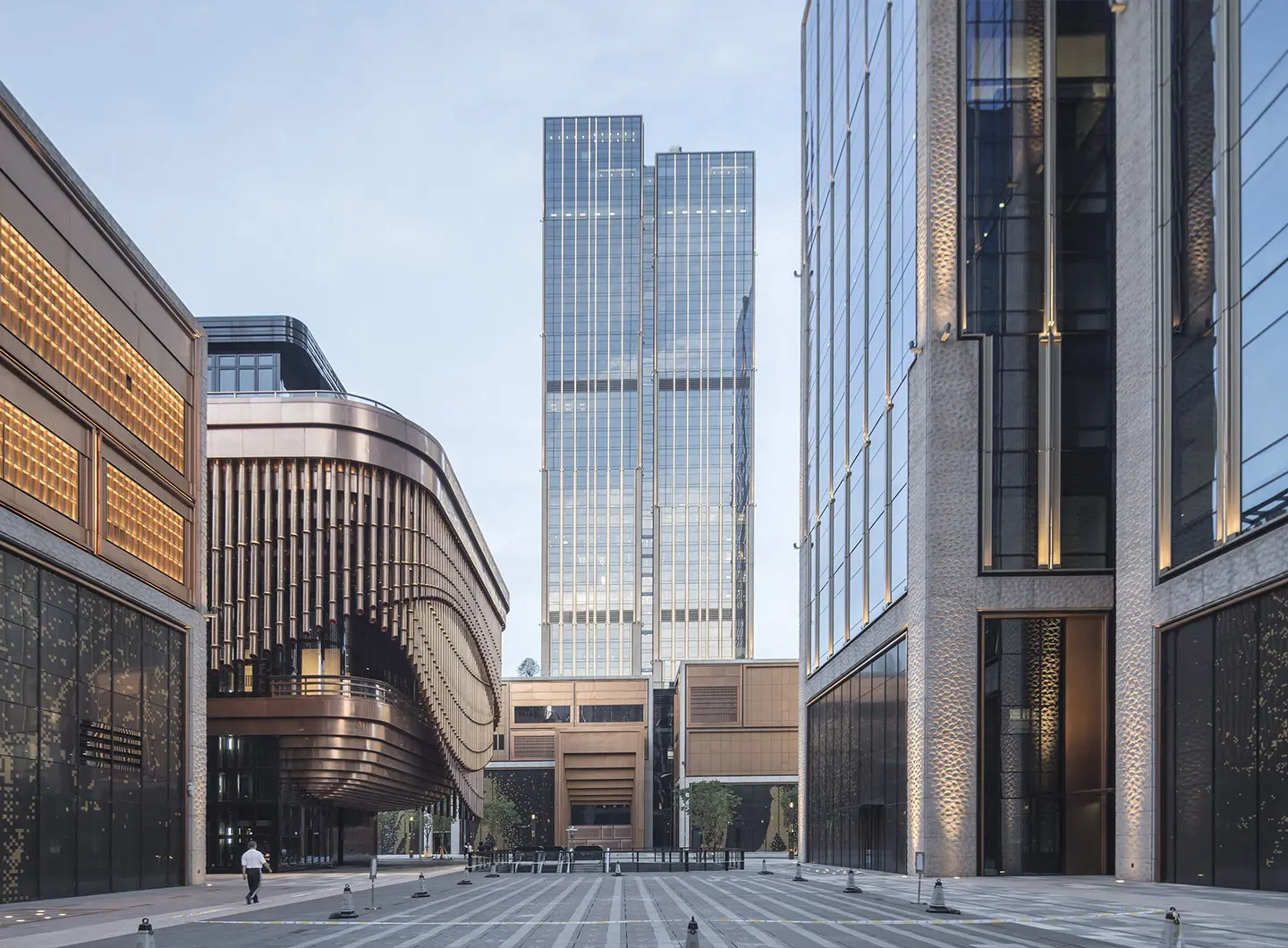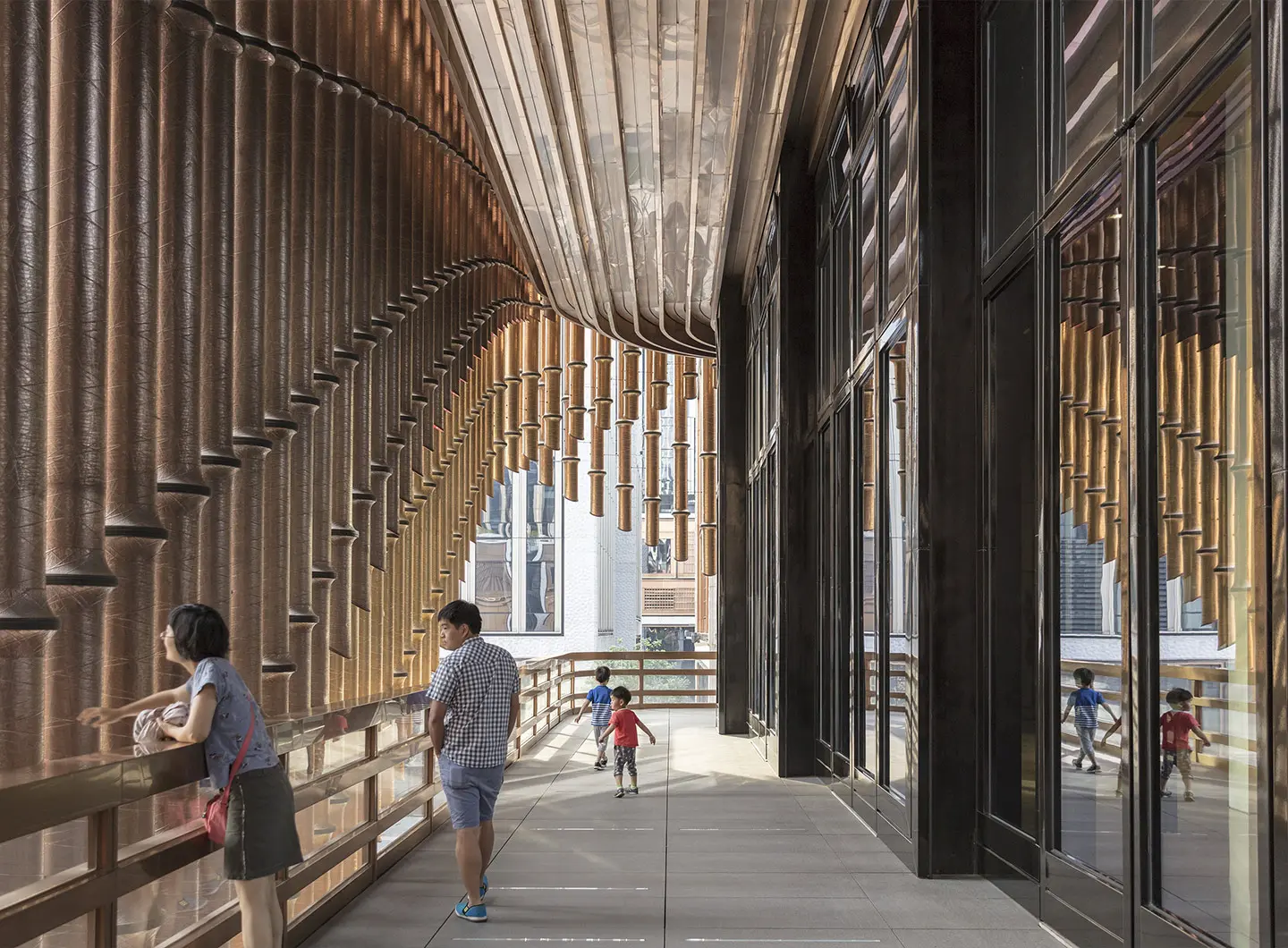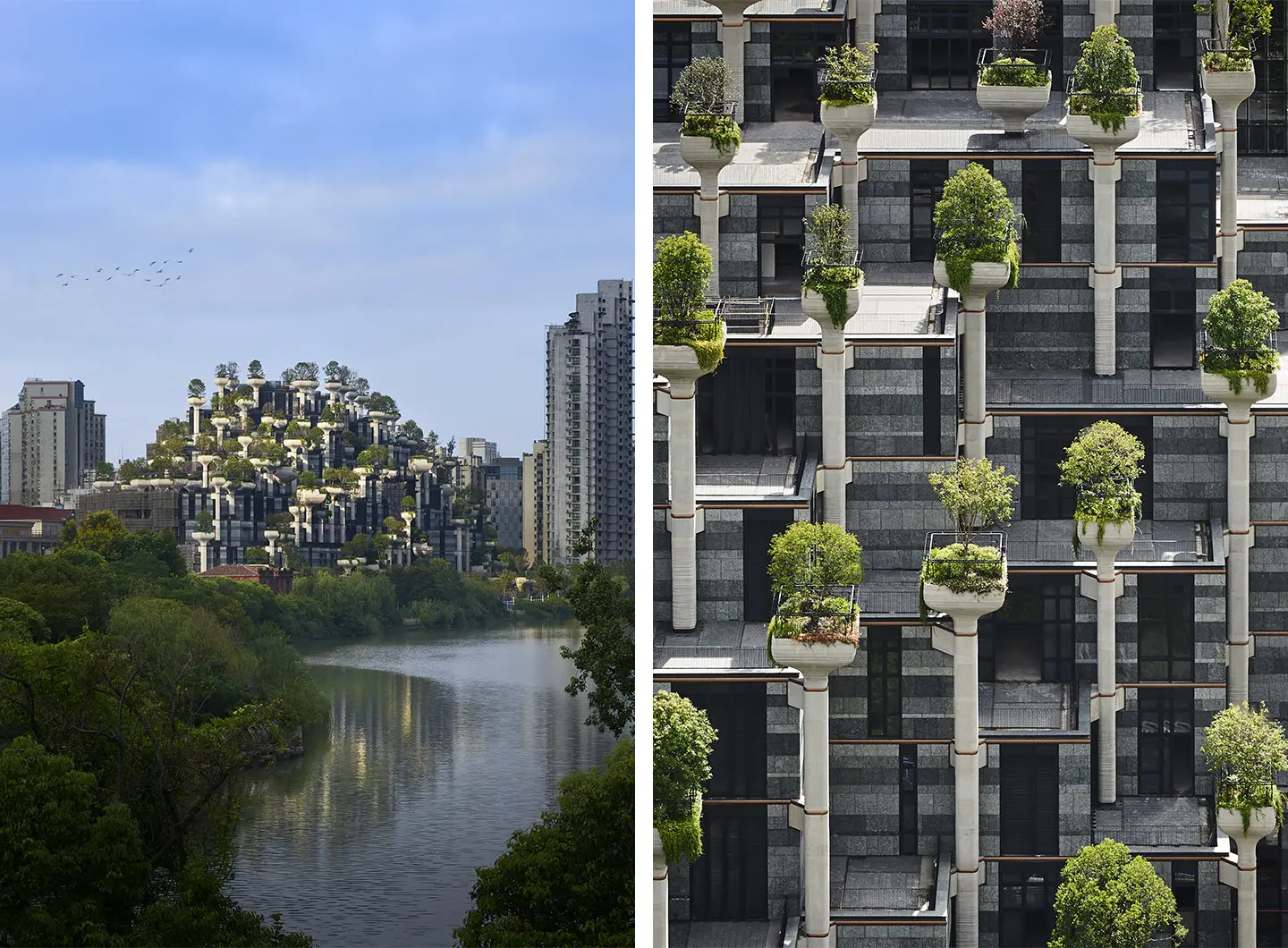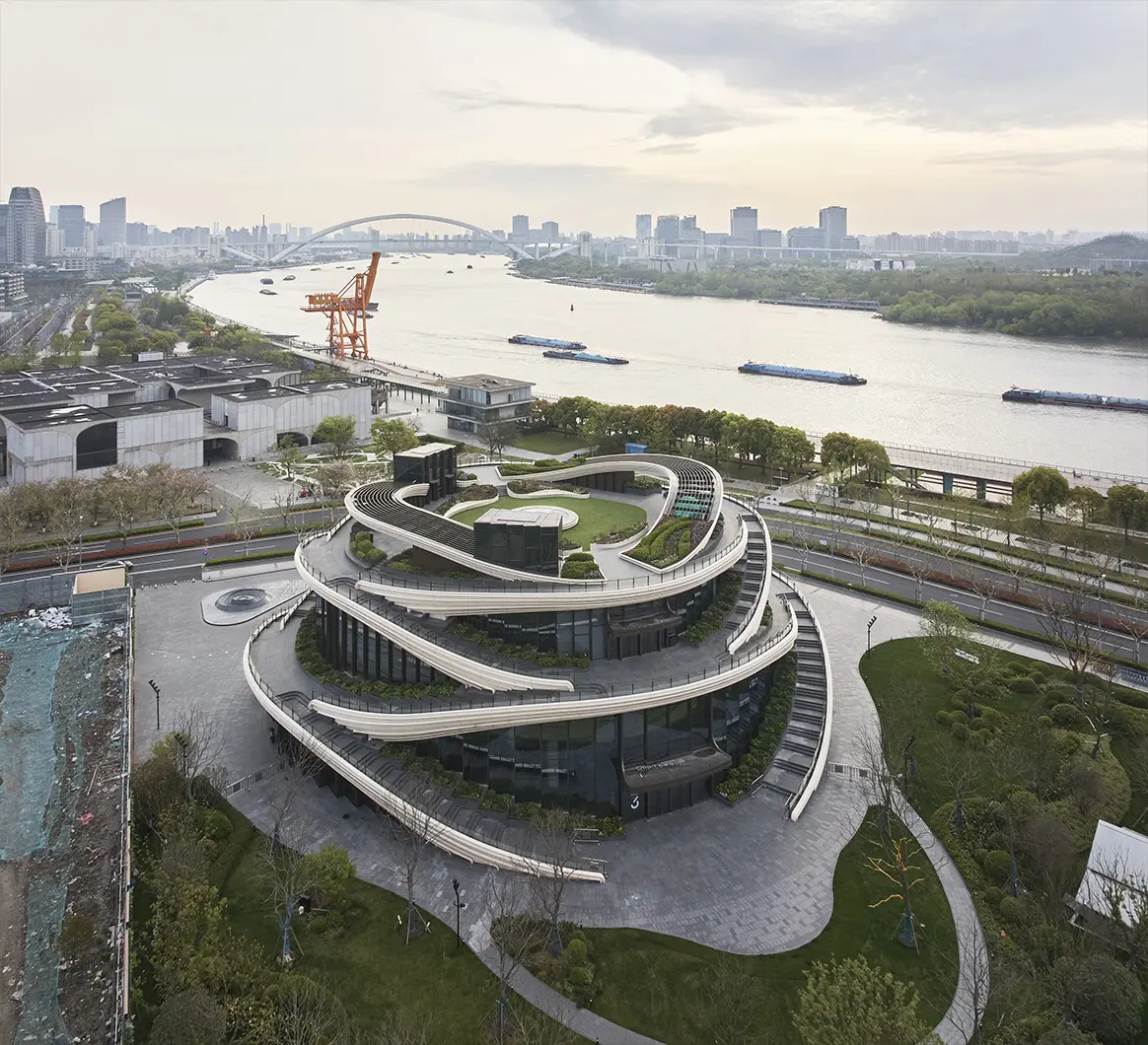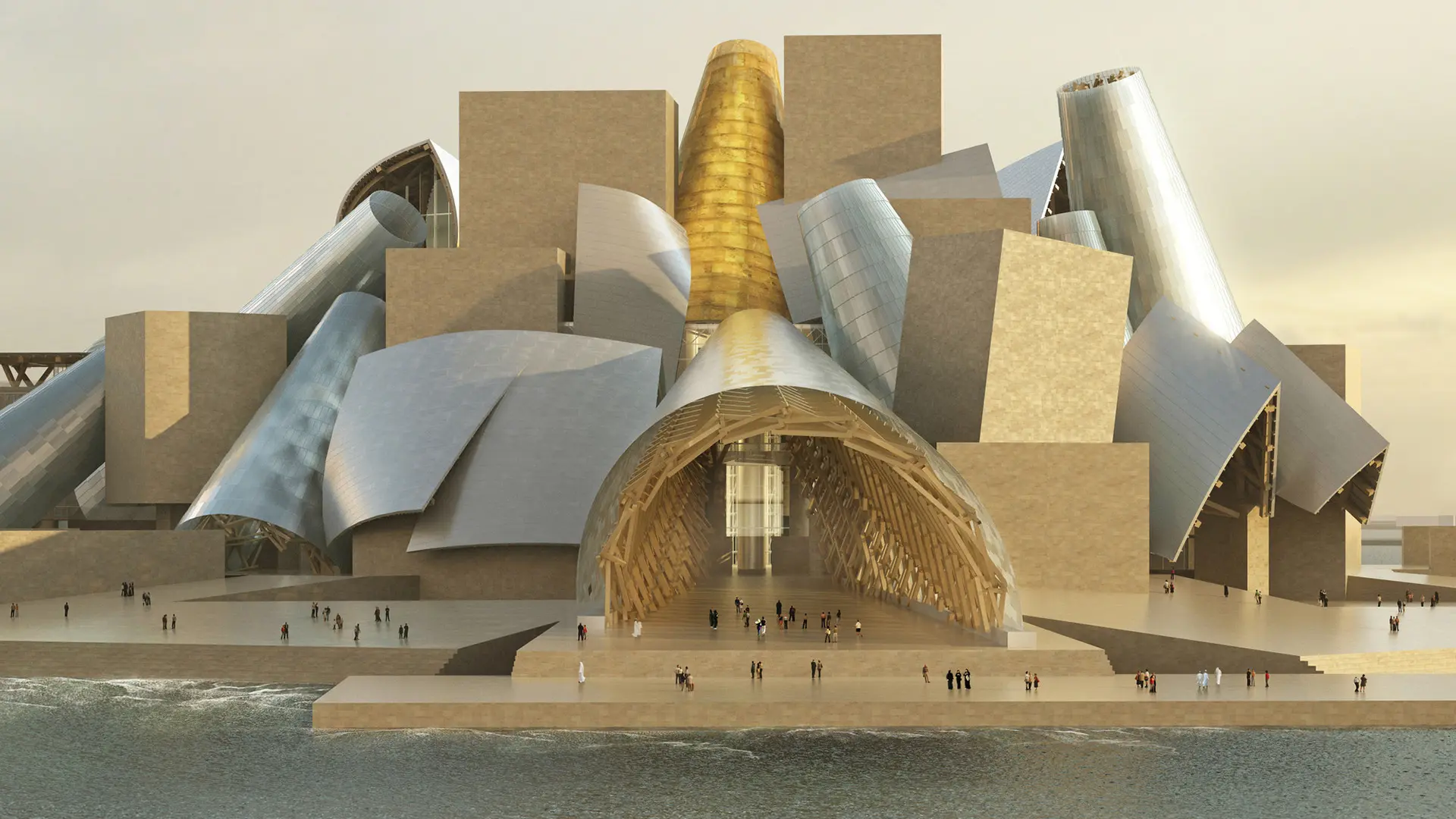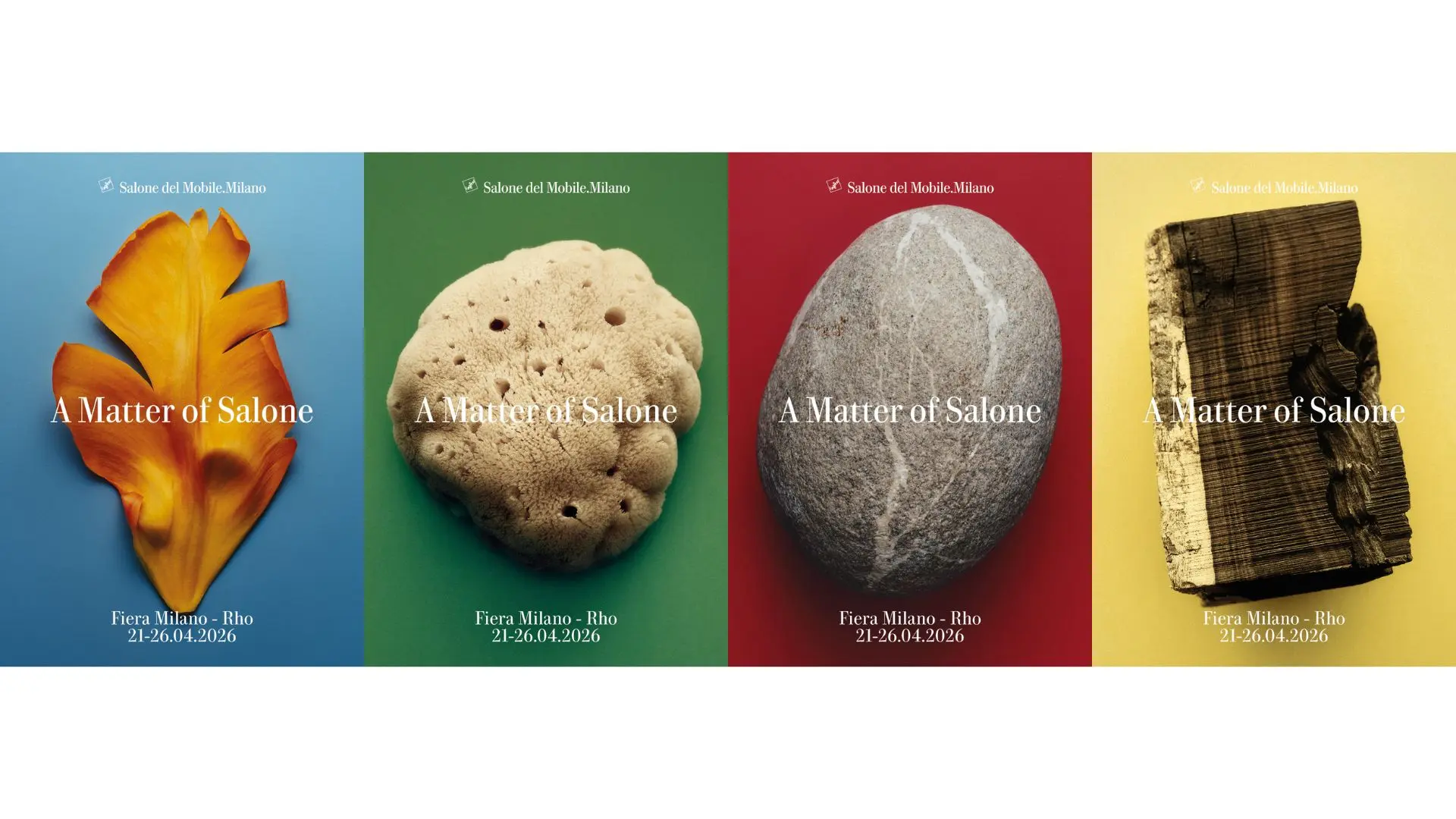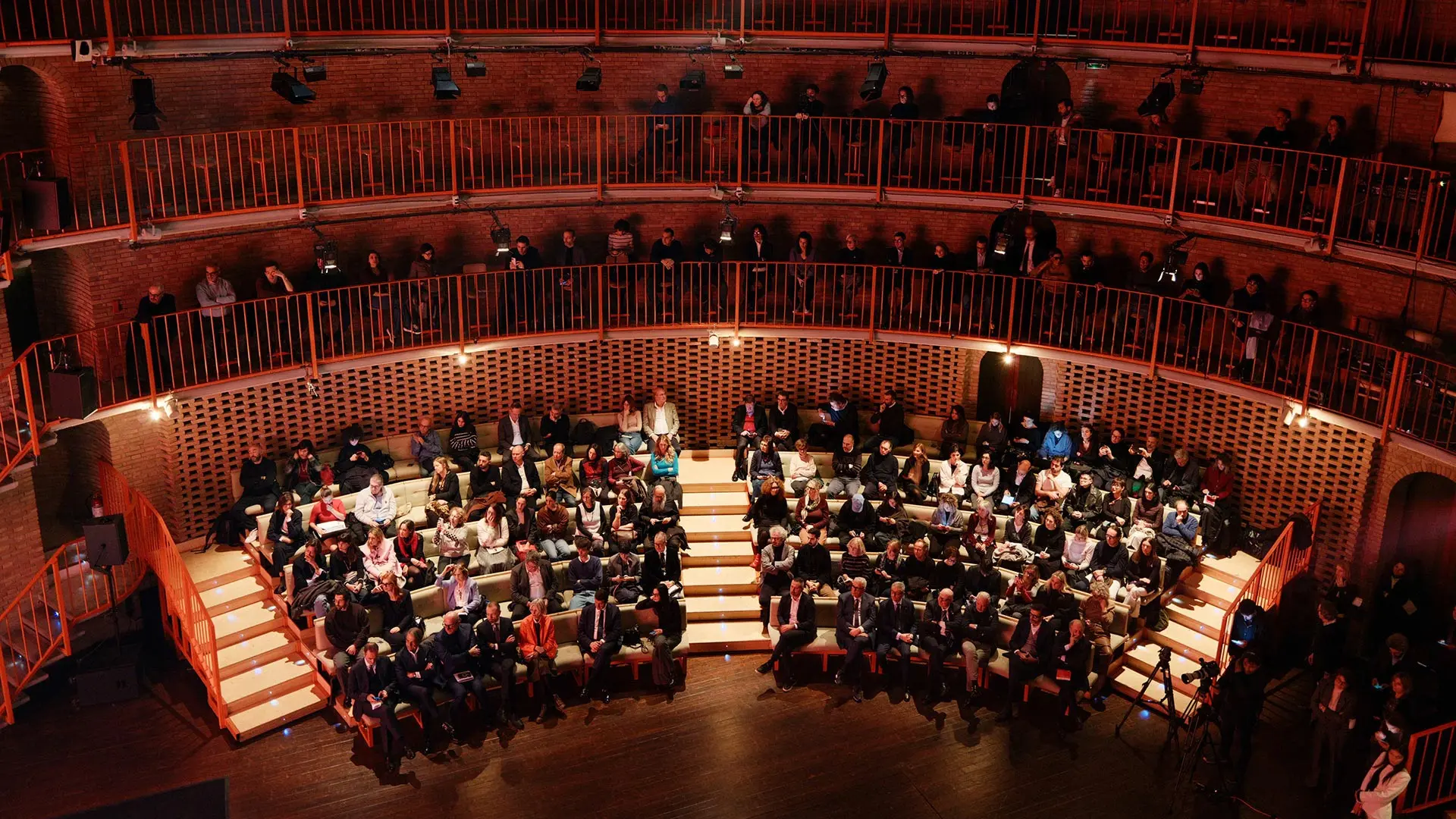From BIG to David Chipperfield, Frank Gehry to Snøhetta: a world tour of the best buildings set to open in 2026
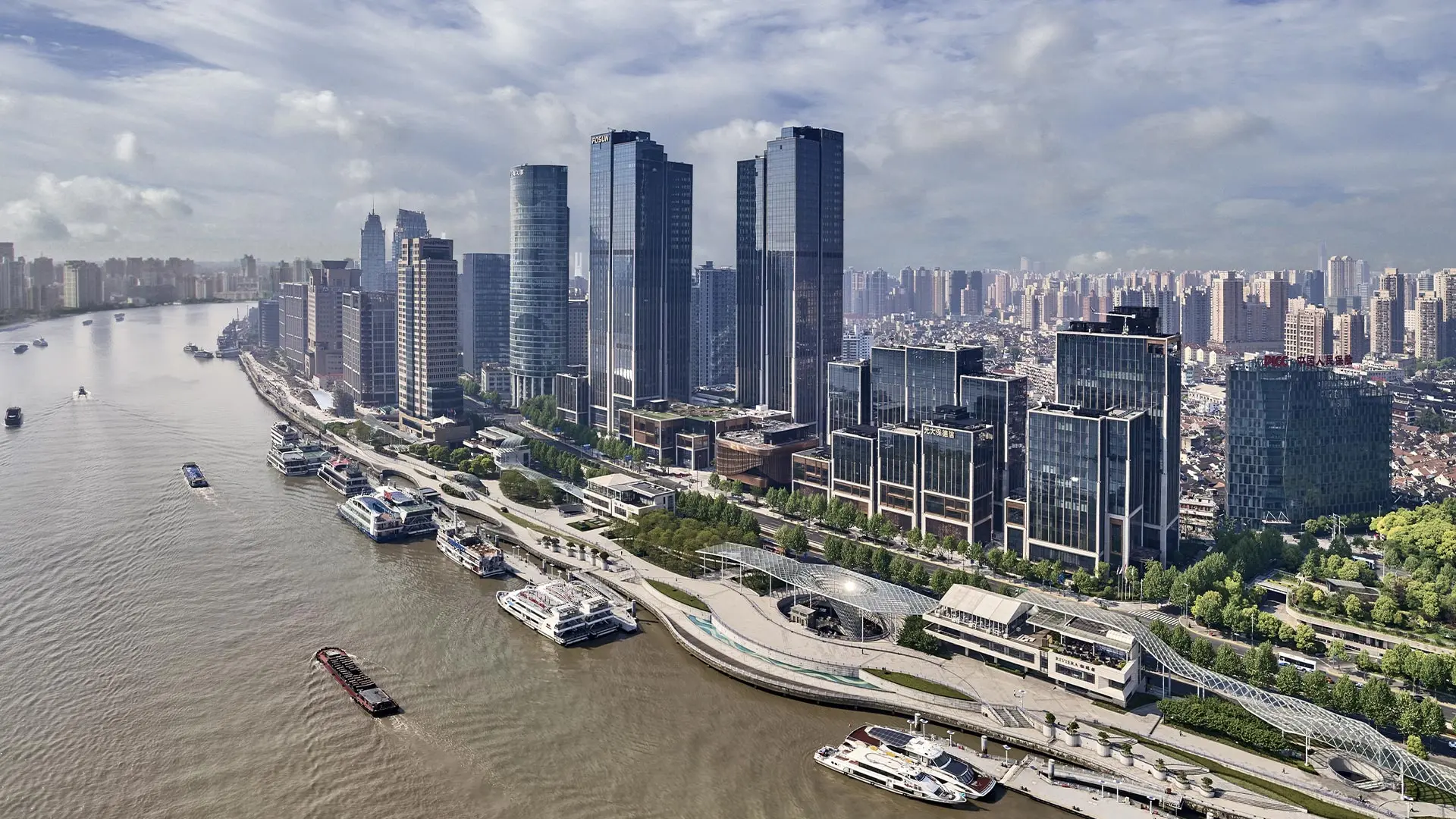
Shanghai, Bund Finance Centre, Foster + Partners and Heatherwick Studio
A guide to buildings in the Chinese metropolis designed by the most prominent architecture studios on the global stage
Architecture in Shanghai is a living, evolving matter. Not just because of the number and extent of construction sites from which buildings and skyscrapers take shape that change the layout and skyline of the Chinese metropolis, home to around 25 million inhabitants. To introduce a journey into China’s financial capital, a guide to the architectures to discover in Shanghai needs to highlight the coexistence of the sheer number of people and the evolving face of the city. One often starts off prepared for the impact of the soaring Oriental Pearl Tower and the Jin Mao Tower, amongst the must-sees in the stunning financial Pudong area, and the unmissable selfie background of the famous Bund. One returns home satisfied by a visit to the French Concession, by the unexpected interventions, often encountered while biking freely around, and by the lively museum scene.
Architecture in Shanghai: the most fascinating buildings
The Bund in Shanghai
Overlooking the banks of the Huangpu river, this part of Shanghai also boasts some of the most famous views of the skyline of Pudong, the metropolitan district packed with skyscrapers (and business affairs). Panoramic photographs aside, people come here above all to get a flavour of the commercial spirit of the city before the financial boom, of which traces of earlier styles, not least colonial, remain in a mix of Oriental and European architecture. As of the middle of the previous decade, the northern part of the Bund has been the subject of revitalisation operations at the hands of a number of international studios, including David Chipperfield Architects, responsible for several restoration and conversion interventions.
Record-breaking and signature architecture in Pudong
For those keen to check out Shanghai’s contemporary architecture, a trip to Pudong is pretty much a given. As well as providing a flavour of China’s economic rise, with the Shanghai Tower, this sprawling district is a worthy contender in the tallest-building “global competition.” Situated in the Lujiazui Finance and Trade Zone, next to the iconic Jin Mao Tower (designed by Adrian Smith + Gordon Gill Architecture to evoke the traditional pagodas), it is currently the third highest skyscraper in the world. Occupied for the first time less than ten years ago and designed by the Gensler studio, it holds the record for the highest building in the country, standing 632 metres tall and spread over 127 floors. There’s no need to train one’s gaze upwards to see the Lujiazui Harbour City Exhibition Centre. Completed in 2017 by OMA, it is wrapped in a metallic mesh designed to reference the site’s industrial past. A public space beneath the elevated volume lends itself to events of various kinds.
The French Concession in Shanghai
Until roughly 80 years ago, a (boggy and probably inhospitable) part of Shanghai belonged to the French State. The metamorphosis of this urban quadrant is in itself a fascinating venture, the results of which trigger reactions of various kinds. After the initial surprise at finding oneself confronted by a world and an atmosphere that is basically familiar and largely Art Deco so many kilometres away from France, the European visitor in particular is won over by the sheer attractiveness of the area, with its concept stores, cafes, galleries and tree-lined avenues.
Heatherwick Studio in Shanghai with 1000 Trees and the Expo
It is the trees that are the protagonists of the mixed-use 1000 Trees development, a sort of complex/landscape boasting a significant number of trees and plants close to the waterfront. The development, in the Putuo district, marked Heatherwick Studio’s return to Shanghai just over ten years after its successful UK Pavilion at Shanghai World Expo 2010. In collaboration with Foster + Partners (responsible for the recent Shanghai Bund Riverside), the practice founded by Thomas Heatherwick is also linked to the city of Shanghai by the project for the headquarters of the Fosun Foundation - a three-storey building containing exhibition and event halls behind a screen punctuated by bronze tubes. Also by Heatherwick, in the spaces of the futuristic The Orbit, where “The Orbit’s Orbit: a performative installation dedicated to Italian design by the artist Matilde Cassani” is on display from November 8 to 11.
Shanghai’s museum scene
As can well be imagined, the list of museums in Shanghai is far from short. From an architectural point of view the development of Asia’s (future) main cultural and artistic district, in a quadrant of the city previously given over to industry, is of indubitable interest. Leading names on the international architectural scene, including the local and Berlin branches of David Chipperfield Architects, responsible for the West Bund Museum, feature on the West Bund Masterplan. Home to exhibitions organised by the Centre Pompidou Paris for a five-year period (on the basis of an agreement between the French institution and the West Bund Group) this edifice looks out over the north bank of the Huangpu river, and has three main exhibition volumes situated around a central, double-height hall.


 Stories
Stories
